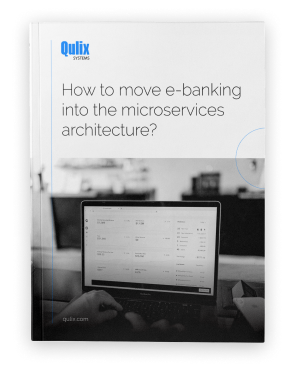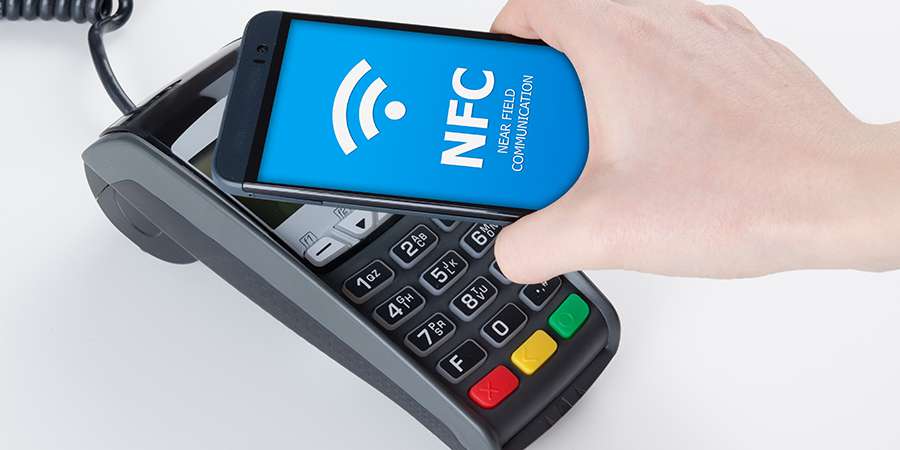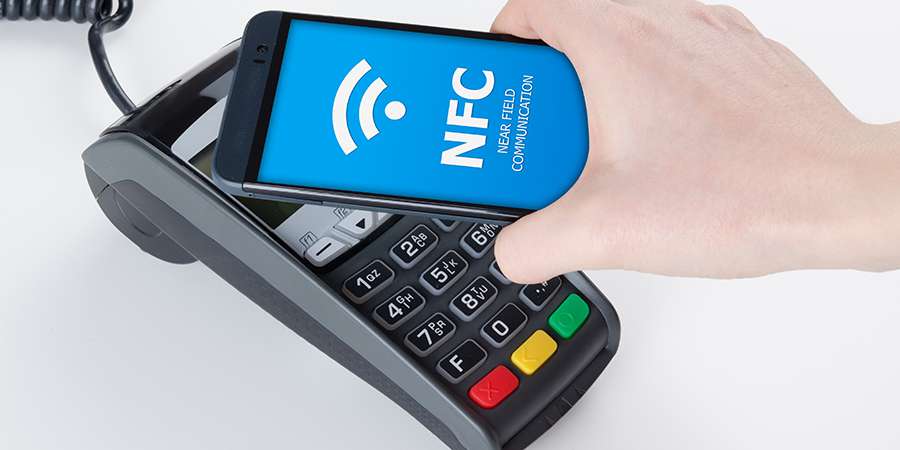NFC (Near-field communication) is a wireless technology enabling contactless data exchange over a short distance (up to 10cm). It can be applied in numerous areas. Some of them are eTicketing to pay an entry or a travel ticket, or large warehouses to keep track of goods or the automobile industry to manage the car multimedia center.
written by:
Anton Rykov
Product Manager, Qulix Systems
NFC (Near-field communication) is a wireless technology enabling contactless data exchange over a short distance (up to 10cm). It can be applied in numerous areas. Some of them are eTicketing to pay an entry or a travel ticket, or large warehouses to keep track of goods or the automobile industry to manage the car multimedia center.
NFC is based on radio-frequency identification technology (RFID). Its peculiarity is energy-efficiency - the chip works as a part of the link and requires very low amount of power (even less in a passive mode). To activate communication it needs to be approached by another NFC chip.
Due to NFC ability to work only in close proximity, the technology provides more security as it prevents spying and unauthorized access.
Basically, NFC operates in 3 modes:
- Tag reader/writer
Connection with the physical world to read information from tags embedded in posters, flyers, etc.
- Card emulation
Connection to existing infrastructure, e.g., for making payments.
- Peer-to-peer
Connection between two NFC-enabled devices for file sharing.
Application areas:
- Data transfer
NFC enables data transfer between two devices supporting the technology. Just by one click we can exchange images, links, contacts, etc.
- Data container
NFC can be also implemented for tourists at co-called info points to download information such as city map directly to a smartphone.
- Interactive ads
NFC tags placed on posters can provide additional information such as website links. Besides, via NFC it is possible to create a calendar entry or book a ticket.
- E-payment
An NFC chip and software turn smartphones into digital wallets. The payment is initiated on a point of sales, then the money is transmitted from the smartphone via NFC. Payment confirmation takes only 1 click. The payment provider takes care of the rest.
- Ticket
NFC can replace paper tickets. For example, an entry ticket can be saved on smartphone and scanned at the entry of the concert building using a terminal.
- Keys
The technology can be used to secure buildings and spaces. All the user has to do is to hold the smartphone for a moment at the door having a co-called NFC powered lock. There is no more need to carry the keys!
- Computer security
No more typing your password each time you come back to the working place. By swiping the tag it is easy to unlock your PC.
- Work time card
NFC chips can be used instead of work time cards. Your employees just have to use their smartphones to record working time.
Summary
To sum it up, NFC is a one of the key technologies for IoT. There are more than 277.5 million NFC-enabled mobile devices worldwide. By 2018 the number is expected to reach 1,907.4 million units.
Its ability to ‘connect the unconnected’ helps companies find the ways of applying NFC to our daily routine.
Learn more about Qulix IoT solution development.

Contacts
Feel free to get in touch with us! Use this contact form for an ASAP response.
Call us at +44 151 528 8015
E-mail us at request@qulix.com






